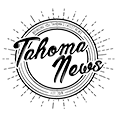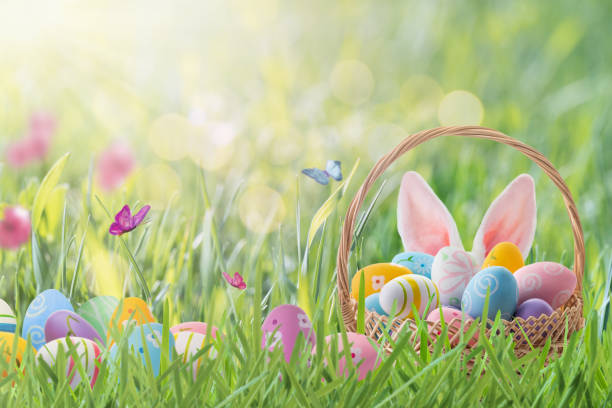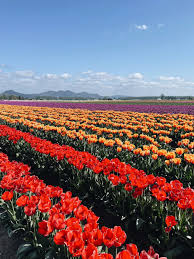Easter. The sky is a soft, tranquil blue, dusted with puffy white clouds. A gentle breeze stirs the air, carrying with it the sweet fragrance of blooming flowers. Children dash through the grass with baskets in hand, giggling with excitement as they search for colorful eggs hidden beneath bushes and behind trees. In the distance, the cheerful chatter of birds blends with the deep chime of church bells, adding to the joyful morning soundtrack. Everyone loves Easter, but they might not know about the origins of many traditions it is known for. Before you indulge in that chocolate bunny, unwrap the rich history of this day of hope and rebirth.
Easter is a significant holiday in Christianity, commemorating the resurrection of Jesus Christ, three days after his crucifixion around A.D. 30, as told in the New Testament of the Bible. This event is seen as the foundation of Christian faith, symbolizing victory over death and the promise of eternal life. It marks the conclusion of the “Passion of Christ”, a period beginning on Ash Wednesday with Lent, a 40-day time of fasting, prayer, and reflection, and culminates during Holy Week. This includes key observances such as Palm Sunday, observing Jesus’s entry to Jerusalem, Holy Thursday, remembering the Last Supper, Good Friday, the day of Christ’s crucifixion, and Easter Sunday, which celebrates His resurrection.
Easter is believed to get its name from “Eostre”, the pagan goddess of spring and fertility, whose festival was observed around the time of the spring equinox. The ancient festival marked the arrival of spring, a time of renewal and new life, with hares and eggs being key figures. The rabbit, known for its prolific breeding, has long been associated with abundance and good fortune. While the exact origins of the Easter Bunny remain unknown, it became popular among German immigrants in the 18th century. Children would prepare a nest for the “Osterhase”, a mythical hare said to lay colorful eggs for them to find. This tradition spread across America, with baskets eventually replacing nests, and eggs evolving into candy and other gifts. The practice of egg decorating dates back to at least the 13th century. One explanation for this custom is that eggs were once prohibited during Lent, so people would decorate them as a way to celebrate the end of fasting and penance, enjoying them on Easter as part of the activities.
In modern times, people celebrate Easter in a variety of ways, embracing both religious traditions and the beauty of spring. A Maple Valley resident shares, “We’re planning a family get-together at my parents’ house, and my kids can’t wait for the Easter egg hunt.” One Tahoma student says, “My family always goes to the church service in the morning, and then we have a picnic together to enjoy the day.” Easter is a time of renewal and joy, where people come together to celebrate in their own unique ways. Whether through quiet reflection or lively family gatherings, the season reminds us of hope, love and new beginnings.







